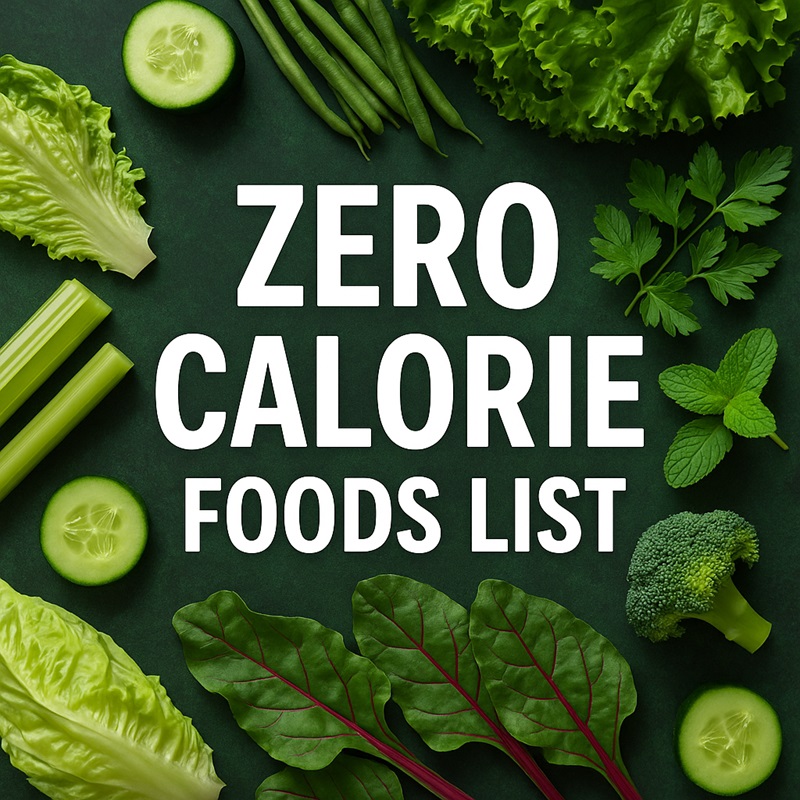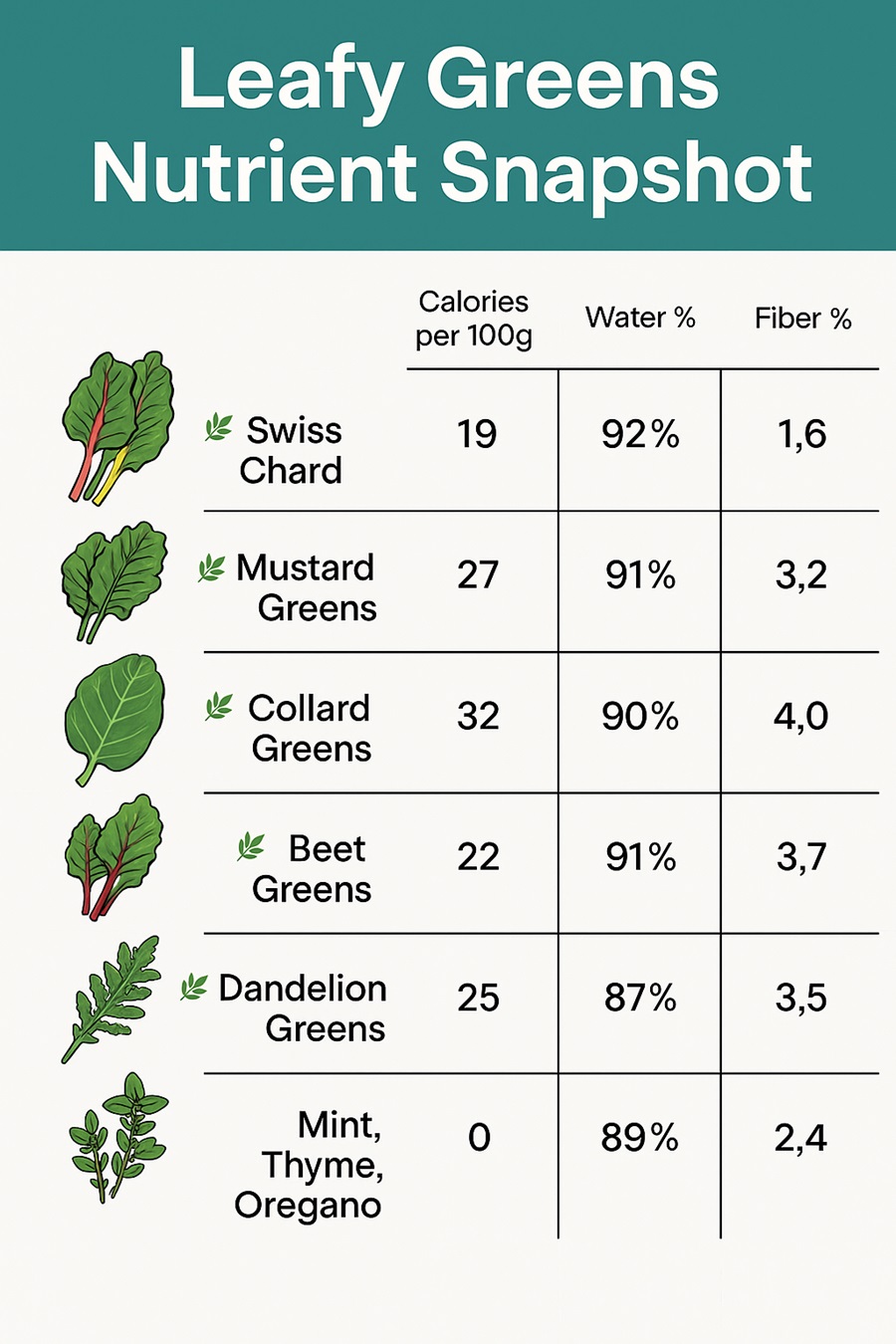Quick Answer:
Zero calorie foods are items with such low calorie counts (typically under 5 kcal per serving) that your body may burn more calories digesting them than they contain. These foods are mostly water- and fiber-rich vegetables, beverages, and condiments — helping you stay full without adding to your waistline.
Why “Zero Calorie” Doesn’t Always Mean Zero
While some foods are labeled “zero-calorie,” most still contain trace calories. According to FDA labeling regulations, any food with <5 kcal per serving can be rounded down to 0 kcal.
But the real kicker? Your body burns energy just to digest and process these foods. This is known as the Thermic Effect of Food (TEF) — especially significant in foods rich in fiber and water.
Scientific Insight:
A 2022 study in the American Journal of Clinical Nutrition found that high-water vegetables like celery and lettuce produce a net-zero or negative caloric impact due to their digestion energy cost.
⚖️ How Zero Calorie Foods Help With Weight Management
Let’s address the main benefit: they fill you up without filling you out.
- ✅ Low calorie density = you can eat a lot without overdoing calories
- ✅ High in fiber = slows digestion, prolongs fullness
- ✅ Water content = hydrates and satisfies the stomach
- ✅ Psychological freedom = “guilt-free” snacks support adherence to diet plans
A 2023 randomized trial published in Nutrition & Behavior confirmed that adults who consumed water-rich vegetables before meals reduced total calorie intake by 19%.
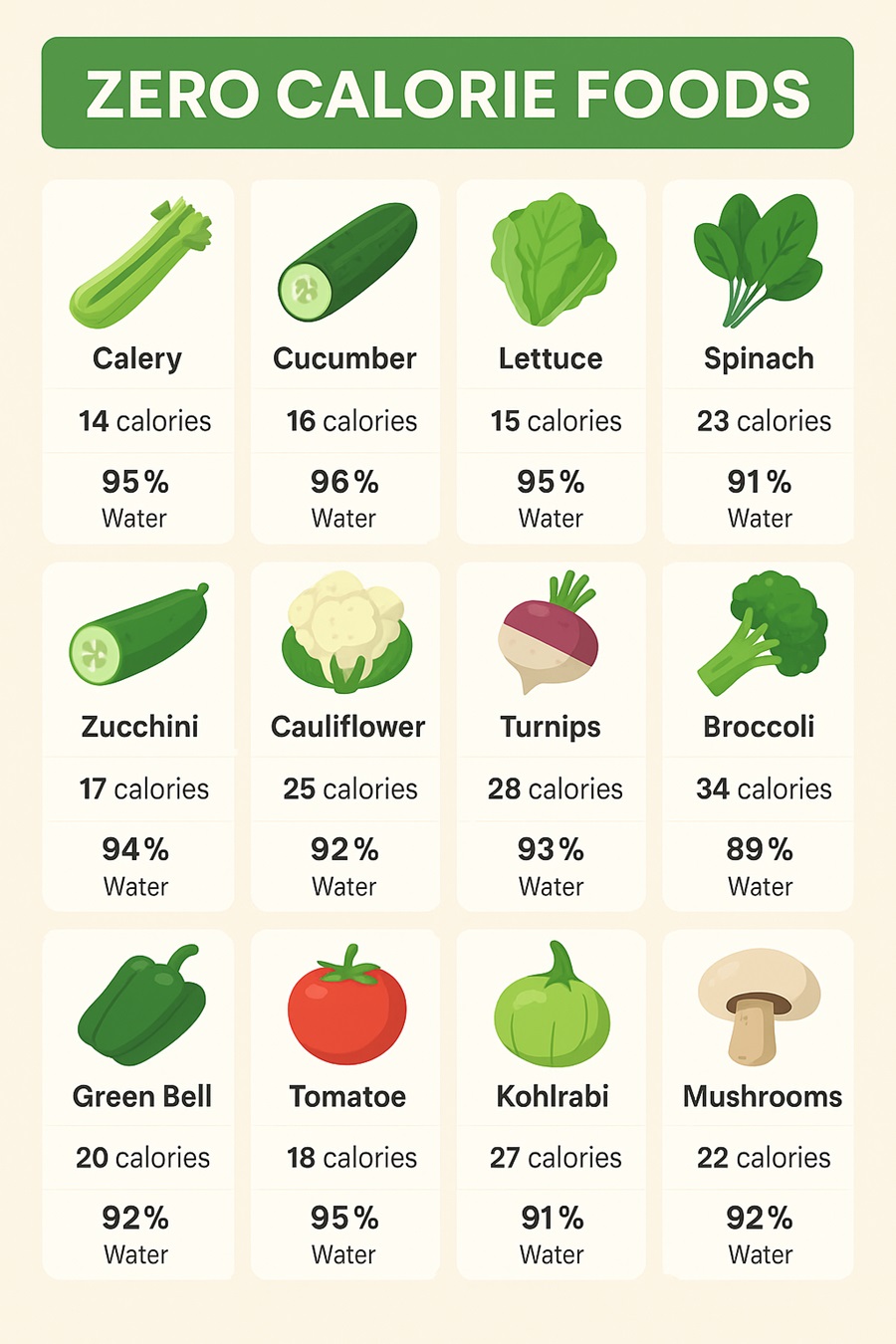
✅ Zero Calorie Foods List (By Category)
Below is your go-to guide for what you can eat freely without worrying about gaining weight.
Water-Rich Vegetables (Per 100g)
You’ve heard about celery. Maybe even cucumber. But there’s a whole world of water- and fiber-rich foods that are so low in calories, they’re considered “zero” in practical terms.
Celery
This classic zero-calorie staple is 95% water, 1.6% fiber, and packs only 14 calories per 100 grams. With its satisfying crunch and mild flavor, it’s perfect as a snack or dipper.
Cucumber
With a water content of 96%, 0.5% fiber, cucumbers are hydrating, refreshing, and incredibly low in calories — just 16 per 100g. Slice them, pickle them, or blend into smoothies.
Lettuce
Iceberg and romaine lettuce offer about 1.2% fiber and 95% water. Their calorie impact is negligible at 15–17 kcal per 100g. Great as salad bases, wrap fillers, or taco shells.
Spinach
At 23 calories per 100g, spinach contains 2.2% fiber. It’s nutrient-rich with iron, vitamin K, and antioxidants.
Zucchini
Zucchini is 94% water and about 1.1% fiber. Just 17 calories per 100g. Spiralize into zoodles or roast for texture.
Cauliflower
Cauliflower contains about 92% water and 2.0% fiber. It has 25 calories per 100g and works great as rice or mash.
Turnips
Turnips provide 1.8% fiber and about 93% water with only 28 calories per 100g. Roast, mash, or add to soups.
At 34 calories per 100g, broccoli contains 2.6% fiber and over 89% water. It’s rich in folate, vitamin C, and antioxidants.
Green Bell Peppers
Bell peppers are about 92% water and 1.7% fiber. They contain just 20 calories per 100g.
Yellow Squash
With about 1.1% fiber and 95% water, yellow squash is similar to zucchini and has just 16 calories per 100g.
Tomatoes
Tomatoes contain 1.2% fiber and 95% water. At only 18 calories per 100g, they’re also rich in lycopene.
Snow Peas
Slightly higher in calories (42 kcal per 100g), but high in water (89%) and fiber (~2.6%), they’re crunchy and filling.
Tip: Combine shredded cabbage, cucumber, and lemon juice for a crunchy, zero-calorie slaw.
Leafy Greens & Herbs
Swiss Chard
A colorful, nutrient-rich green that delivers vitamin A and K at only 19 calories per 100g. It is about 93% water and contains 1.6% fiber. Swiss chard also supplies magnesium, potassium, and antioxidants.
Mustard Greens
Pungent and peppery, mustard greens contain 27 calories per 100g, about 91% water, and 3.2% fiber. They’re packed with glucosinolates — compounds linked to cancer prevention.
Collard Greens
With 32 calories per 100g, collard greens have approximately 89% water and 4.0% fiber — one of the highest among leafy greens. Rich in calcium, they support bone health and digestion.
Beet Greens
Often overlooked, beet greens offer iron and magnesium at just 22 calories per 100g. They are 87% water and 3.7% fiber. Great sautéed or added to smoothies.
Dandelion Greens
With a bitter edge, these liver-supportive greens contain about 25 calories per 100g, are 85% water, and contain around 3.5% fiber. They’re also rich in vitamins A and C.
Mint, Thyme, Oregano
Used in small amounts, these herbs add big flavor for negligible calories. Mint is about 86% water with 2.0% fiber. Thyme and oregano offer powerful antimicrobial properties and are used in dried or fresh forms to boost both flavor and health without added calories. Used in small amounts, these herbs add big flavor for negligible calories. Great for seasoning without salt or fat.
☕ Calorie-Free Beverages
| Drink | Calories |
| Water (Still or Sparkling) | 0 kcal |
| Black Coffee | 0 kcal |
| Unsweetened Green Tea | 0–2 kcal |
| Herbal Teas | 0 kcal |
| Lemon Water (no sugar) | 2 kcal |
☕ Caffeine in green tea and coffee may help boost metabolism slightly for 1–2 hours after consumption.
Low-Cal Condiments & Flavor Enhancers
| Condiment | Calories (per tbsp) | Notes |
| Yellow Mustard | 3 kcal | Avoid sugar-added varieties |
| Apple Cider Vinegar | 2 kcal | May support blood sugar control |
| Hot Sauce | 0–5 kcal | Contains capsaicin — mild thermogenic effect |
| Pickles (no sugar) | ~5–15 kcal/spear | High sodium; eat moderately |
| Lemon/Lime Juice | ~4 kcal | Great for salad dressing |
Artificial Sweeteners (Are They Really Zero?)
| Sweetener | Calories | Notes |
| Stevia | 0 kcal | Plant-based, diabetic-friendly |
| Sucralose | 0 kcal | Common in sugar-free soda |
| Erythritol | ~0.2 kcal/g | Natural sugar alcohol — low GI |
| Monk Fruit | 0 kcal | Newest FDA-approved “natural” zero-cal option |
⚠️ A 2024 Cell Metabolism study suggests artificial sweeteners may affect gut microbiome over long-term use. Best consumed in moderation.
Best Zero Calorie Foods for Fiber-to-Calorie Ratio
If you’re looking to stay fuller longer without raising your calorie count, these are the top-performing zero calorie foods based on their fiber density per calorie:
Collard Greens
- Calories: 32 kcal
- Fiber: 4.0%
- Water: 89%
- ✅ High in calcium, folate, and fiber. Excellent steamed or chopped into soups.
Broccoli
- Calories: 34 kcal
- Fiber: 2.6%
- Water: 89%
- ✅ A true nutrient powerhouse, broccoli helps regulate digestion and satiety.
Mustard Greens
- Calories: 27 kcal
- Fiber: 3.2%
- Water: 91%
- ✅ Slightly spicy and great sautéed. Rich in glucosinolates and fiber.
Beet Greens
- Calories: 22 kcal
- Fiber: 3.7%
- Water: 87%
- ✅ Great for gut health and very low in calories. Use the tops of fresh beets to reduce waste.
Jicama
- Calories: 38 kcal
- Fiber: 4.9%
- Water: 90%
- ✅ Crunchy, slightly sweet, and among the highest-fiber options for the lowest caloric cost.
These five foods strike the best balance between digestive bulk (fiber) and minimal caloric impact, making them top choices for weight management and fullness.️
10 Surprisingly Delicious Zero Calorie Foods You’re Not Eating Yet
Think you’ve tried all the zero-cal foods? Here are some unexpected, tasty additions to your clean-eating toolkit, each with a surprising nutritional twist:
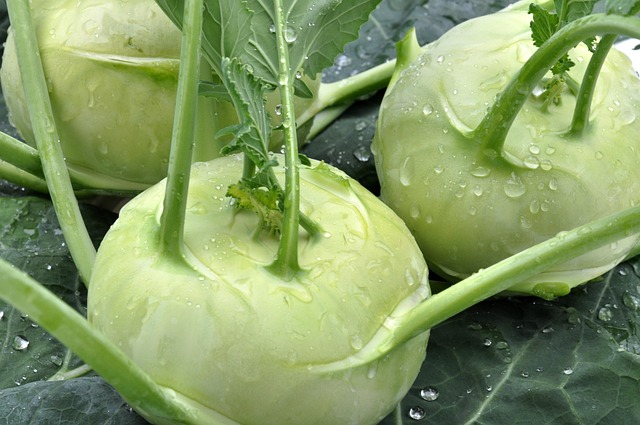
Kohlrabi
With around 27 calories per 100g, kohlrabi is about 91% water and contains 3.6% fiber. Its mildly sweet flavor and firm texture make it ideal for raw salads or slaws.
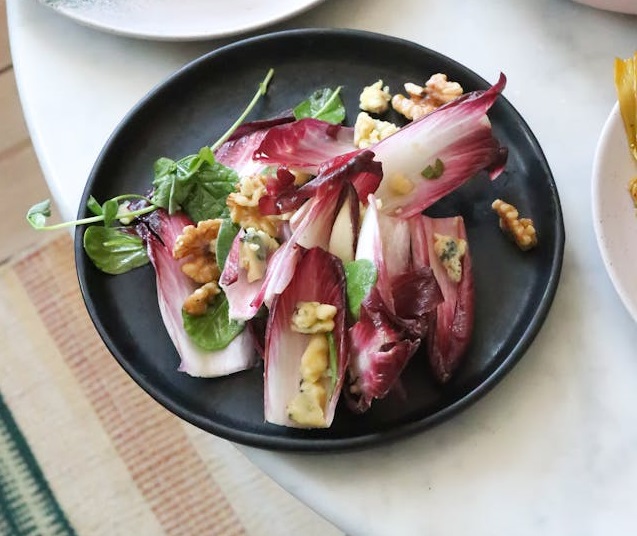
Endive
This bitter leaf contains only 17 calories per 100g and is roughly 93% water. Its 3.1% fiber content makes it both digestive-friendly and a great low-cal vessel for healthy dips.
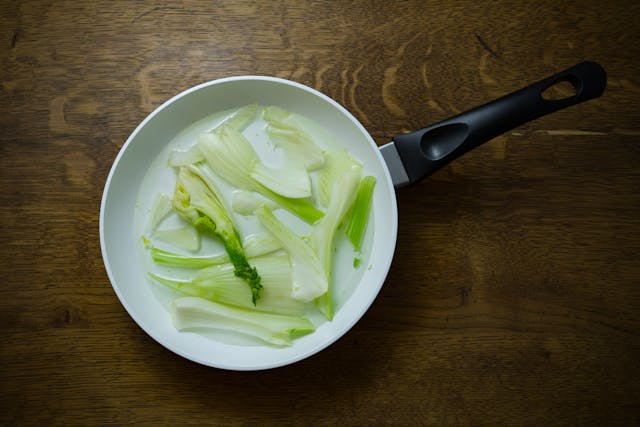
Fennel
At about 31 calories per 100g, fennel is 90% water with 3.1% fiber. Its sweet, anise flavor works beautifully raw in salads, or roasted for a deeper taste.
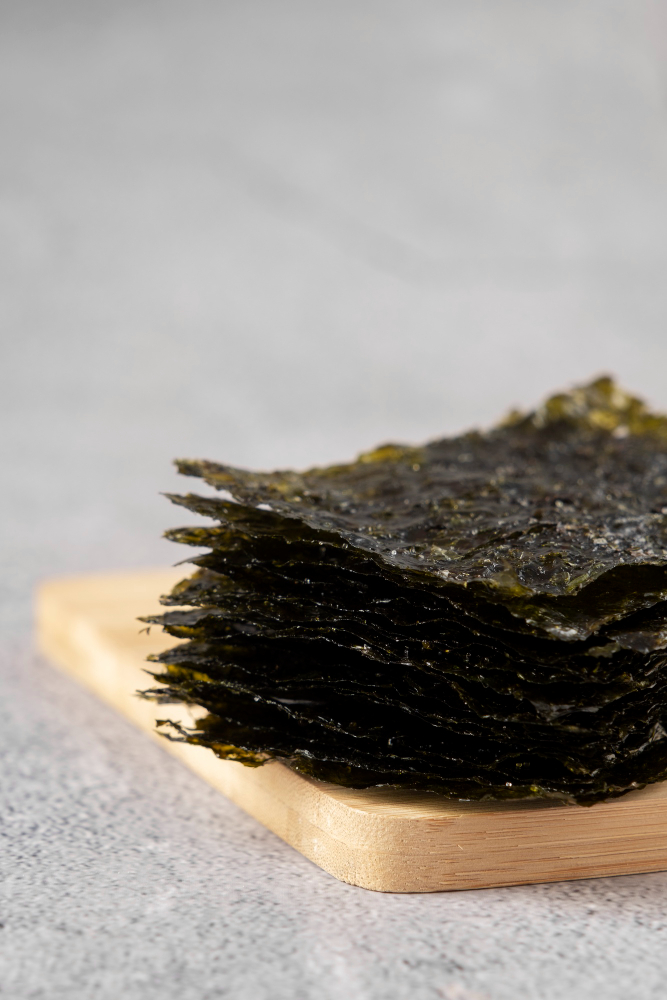
Seaweed (Nori)
This iodine-rich sea vegetable contains only 35 calories per 100g (dried), but in typical portions (1–2 sheets), it’s virtually zero calories. It also provides trace minerals and antioxidants.
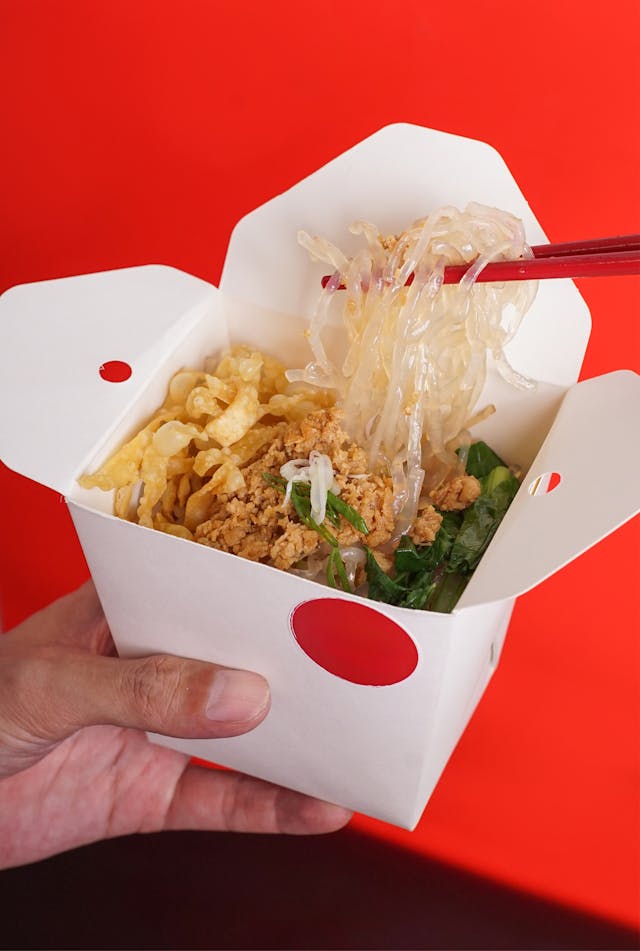
Shirataki Noodles
Made from konjac root, these noodles have <5 calories per serving, nearly 97% water, and over 3% glucomannan fiber. They promote fullness and are popular in keto diets.
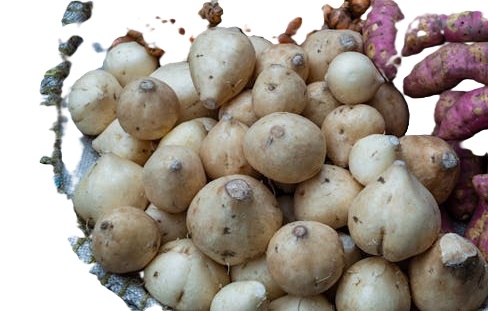
Jicama
Jicama delivers crunch and subtle sweetness with 38 calories per 100g, about 90% water, and 4.9% fiber — one of the highest fiber contents in this list.
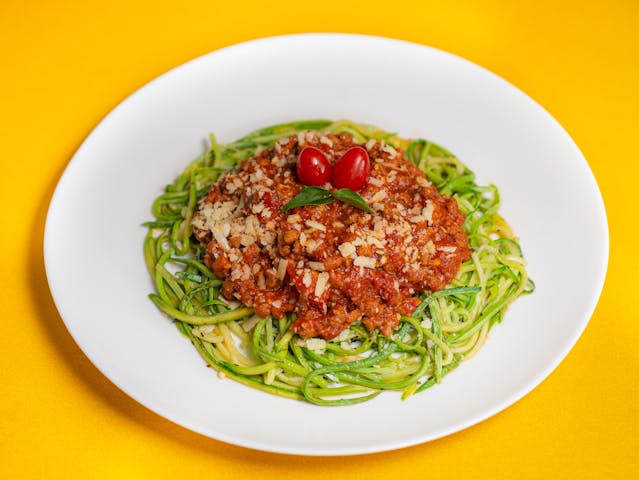
Zoodles
Zoodles are spiralized zucchini, so they inherit zucchini’s 94% water and 1.1% fiber profile, with just 17 calories per 100g. A pasta substitute that’s quick to cook and easy to flavor.
Mushroom Caps
White or cremini mushroom caps are only 22 calories per 100g, with 92% water and 1.0% fiber. Their meaty texture makes them perfect for grilling, stuffing, or using as burger buns.
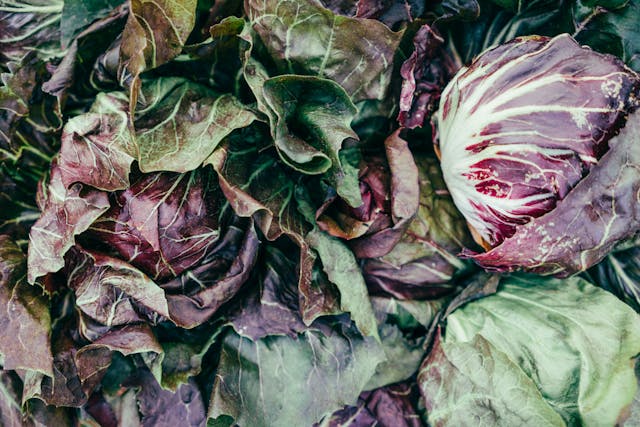
Radicchio
This deep-red leaf has about 23 calories per 100g, roughly 93% water, and 3.5% fiber. The bitterness balances rich dressings and adds color to any salad.
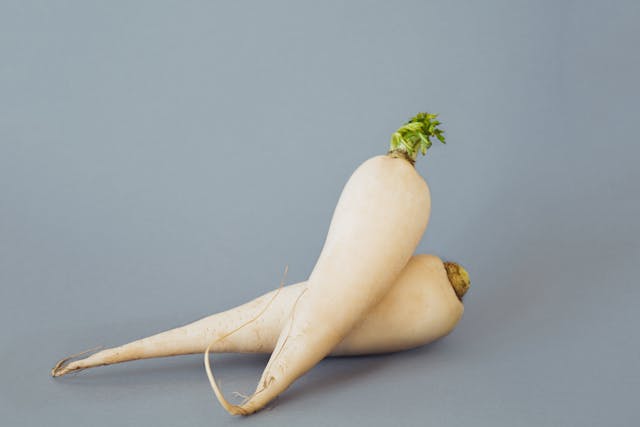
Daikon Radish
Daikon contains just 18 calories per 100g and about 94% water, with 1.6% fiber. Crisp and mild, it’s fantastic shredded or lightly pickled.
Bonus Insight: Jicama and daikon are popular in Latin and Asian cuisines but rarely appear in typical U.S. weight loss plans — even though they’re packed with water and fiber.
Sample 1-Day Meal Plan Using Zero Calorie Foods
| Meal | What to Eat | Approx. Calories |
| Breakfast | Scrambled eggs + sautéed spinach + black coffee | 130 kcal |
| Snack | Celery sticks + mustard dip | 20 kcal |
| Lunch | Lettuce wrap chicken salad + vinegar dressing | 250 kcal |
| ☕ Afternoon | Green tea + sugar-free gelatin cup | 15 kcal |
| Dinner | Cauliflower rice bowl + grilled tofu and herbs | 310 kcal |
Total: ~725 kcal — rich in volume, low in calories, and high in satisfaction.
The Science Behind “Negative Calorie Foods” – Myth or Truth?
Some believe certain foods take more energy to digest than they provide, like:
- Celery
- Iceberg lettuce
- Cucumber
But in reality, while these foods are ultra-low in calories, the digestion energy cost (~10% of intake) is not high enough to make them truly “negative.” Still, they’re ideal for volume eating and managing hunger.
5 Creative Ways to Use Zero Calorie Foods in Real Meals
- Zucchini Noodles (Zoodles) – Pasta alternative
- Cucumber Gazpacho – Cold summer soup
- Lettuce-Wrapped Tacos – Low-carb lunch
- Cauliflower Rice Stir Fry – Quick dinner
- Flavored Ice Cubes – Cucumber + mint for spa water
❌ Common Pitfalls with Zero Calorie Foods
- Over-relying on veggies can lead to vitamin deficiencies
- High sodium in pickles and hot sauces may spike blood pressure
- ❗ Artificial sweeteners may increase cravings in some people
- ⚖️ Zero-cal doesn’t mean “unlimited” — especially if dipped in peanut butter!
❓ FAQs About Zero Calorie Foods
Q1. Can I eat unlimited amounts of zero-calorie foods?
➡️ In general, yes — but always balance your meals with essential nutrients.
Q2. Is it safe to live only on zero-calorie foods?
➡️ No. They provide volume and fiber, but lack fats, protein, and essential vitamins.
Q3. Are zero calorie foods good for diabetics?
➡️ Yes — especially non-starchy vegetables and unsweetened beverages. Always consult your doctor.
Q4. What’s the best zero-calorie food for weight loss?
➡️ Celery and cucumbers are top choices for hydration and crunch satisfaction.
Q5. Do these foods boost metabolism?
➡️ Not directly — but their digestion may slightly increase energy expenditure.
Final Takeaway: A Smart Tool, Not a Silver Bullet
Zero calorie foods are powerful tools in your nutritional toolkit. They:
- ✅ Help curb hunger
- ✅ Let you eat more without more calories
- ✅ Support clean eating and hydration
- ✅ Make sticking to a calorie deficit easier
But they’re not magic — pair them with lean protein, healthy fats, and whole grains for a balanced approach.


